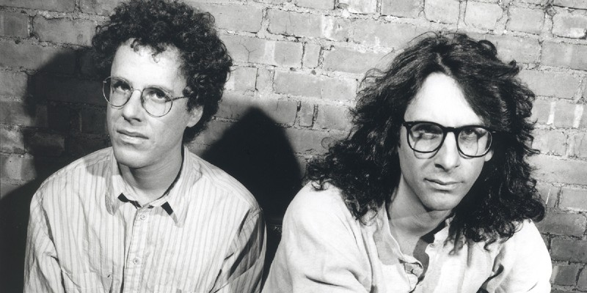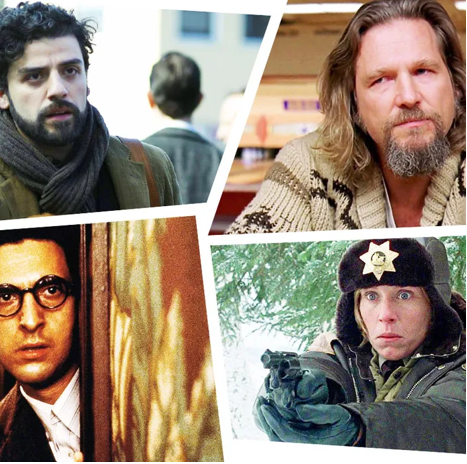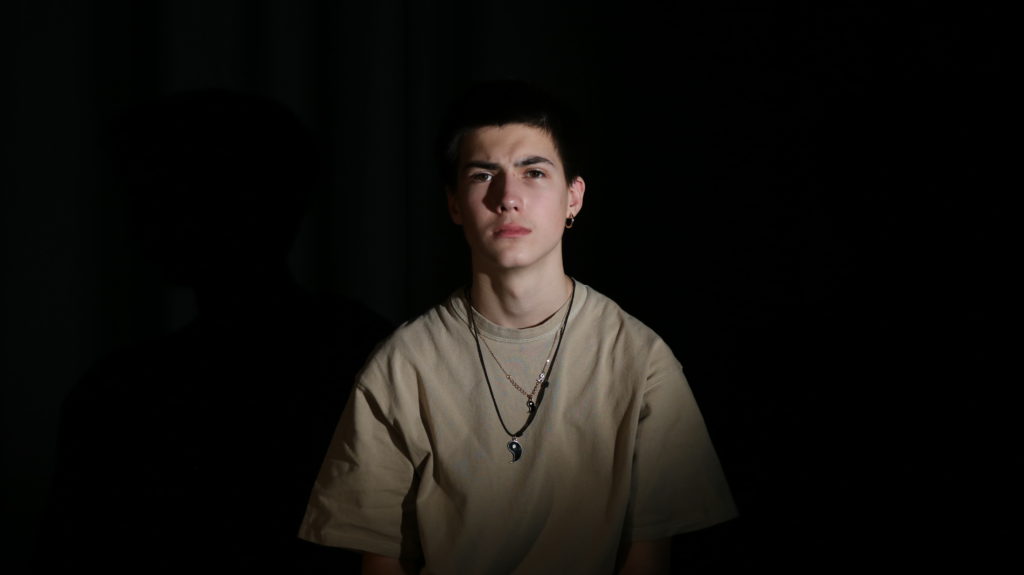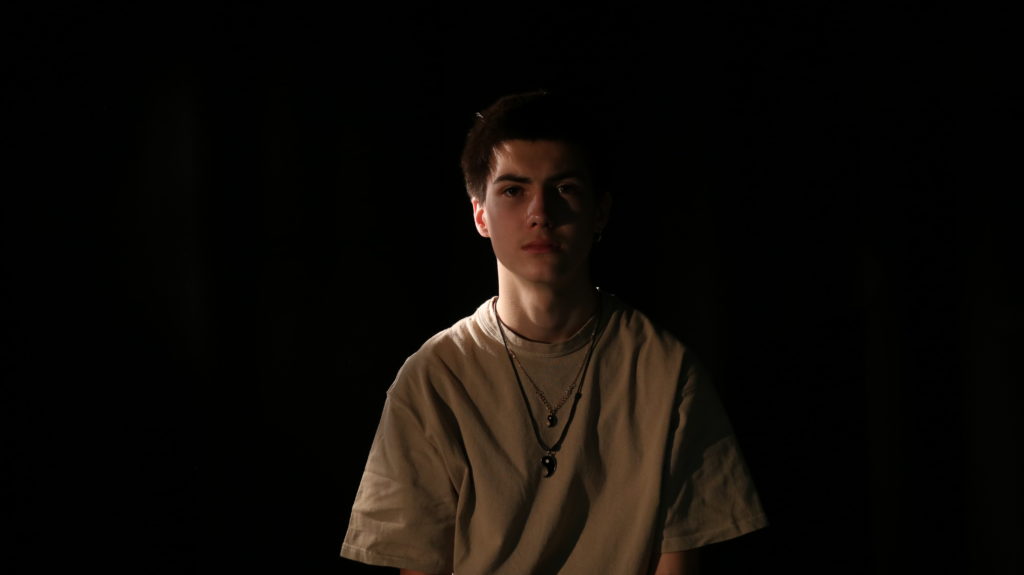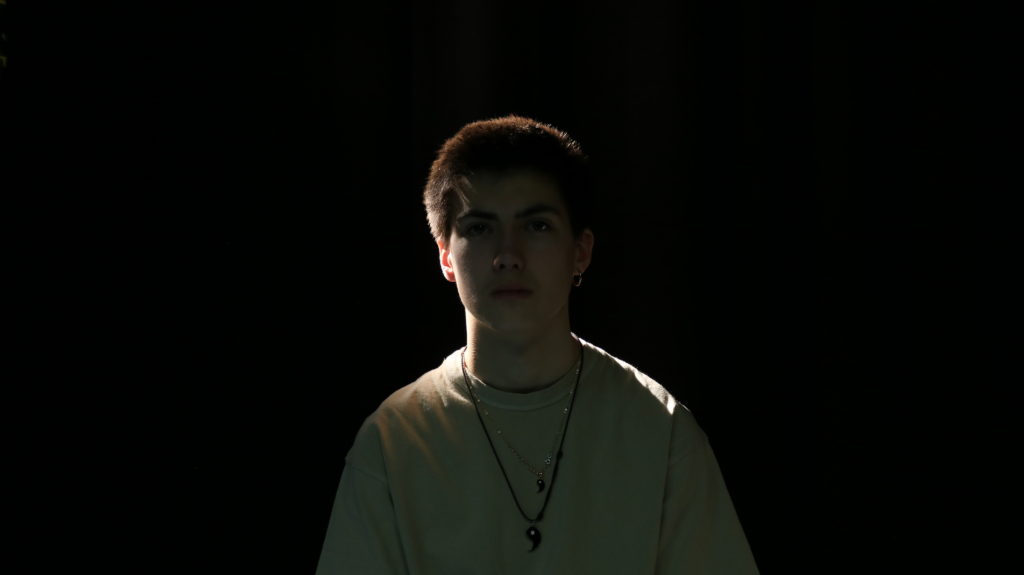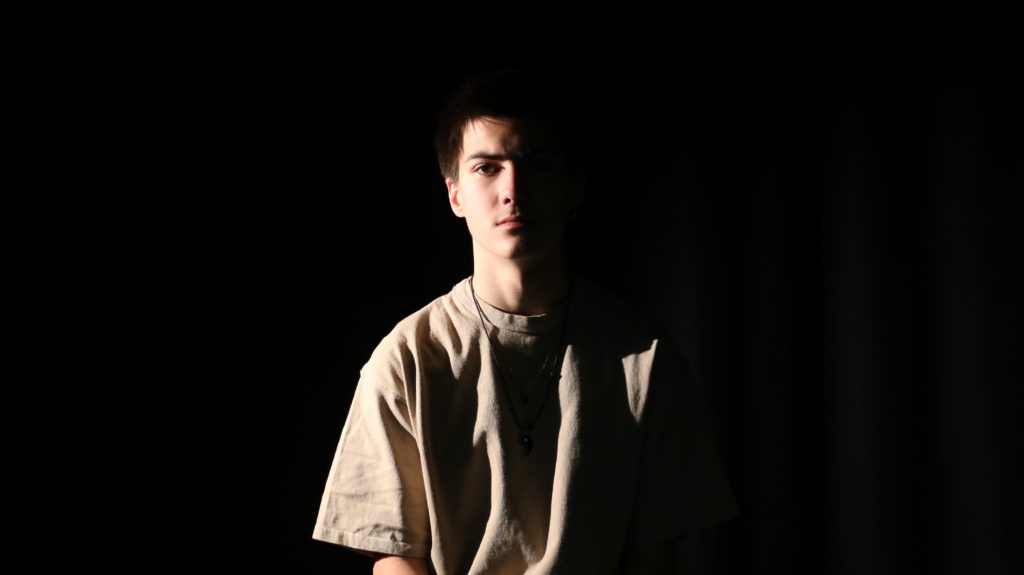Orson Welles and his cinematographer Gregg Toland masterfully collaborated to create unique shots that were unconventionally in Hollywood at the time.
For example, their use of the deep focus technique allowed subjects close and far away in the camera to remain in focus (deep depth of field), as a result staging could be cleverly crafted in a way that highlights struggle/power imbalance as seen in one of the films earlier scenes where Kane is clearly visible tiny outside the window symbolic of the way in which he is being ‘trapped’ into Mr. Thatcher’s guardianship and the fact he’s too inferior to have a say.

Additionally, Citizen Kane makes use of long/extended takes, as the scene above demonstrates through its long tracking shot from window to table. However, during the time of production there was no Steadicam therefore furniture and props had to be moved/separated around the camera to give the illusion the camera is tracking forwards/backwards through this static setting.
Citizen Kanes use of lighting, particularly chiaroscuro works to help reflect the plot, influencing the feel of the end production. This expressionistic lighting (influence of German expressionism) fits into a movie such as this as it centred around the mystery of “Rosebud”, with the use of shadows implying themes of immorality, loneliness, and insignificance but light to portray clarity and morality, whilst split lighting/partial shadows are suggestive of moral ambiguity/divide or a power imbalance etc.

Furthermore, Citizen Kane is famous for its use of low angle shots, therefore the sets required ceilings. This was uncommon at the time as most movies didn’t have ceilings because that’s where lights and microphones were situated, so the ceilings in the movie were constructed of cloth to allow microphones to still be placed overhead. Welles also made a hole in the floor of the set to place the camera. The use of low angles dramatically affects the look and feel as it enhances Kanes confidence, dominance/superiority and his overwhelming power (over characters).

